Tags
Almagestum Novum, astronomer, astronomy, Benatij, Bologna, Bononi, cosmology, geography, Giovanni Battista Riccioli, heliocentric, Jesuit, John Smith, latitude, longitude, magnetic needle, Modena, navigation, psalms, Ptolemy, stars, sun, surveying, terrestrial meridian, Tycho Brahe
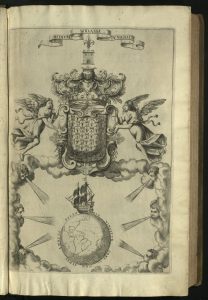
You who laid the foundations of the earth,
So that it should not be moved forever” – Psalm 104, NKJV
“[A]s Geography without History seemeth a carkasse without motion; so History without Geography, wandreth as a Vagrant without a certaine habitation.”
― John Smith (1580-1631)
Geographiae et hydrographi reformat…
Giovanni Battista Riccioli (1598-1671)
Bononi: Ex typographia hredis V. Benatij, 1661
First edition
G114 R54
Giovanni Battista Riccioli, a Jesuit astronomer, was and is still best known for his work on astronomy, Almagestum Novum, 1651, in which he sets out reasons for and against a heliocentric cosmology. Riccioli was also a geographer. Geographia et hydrographiae reformatae libri is his attempt to collate all the geographic knowledge of the time. Riccioli addresses the variation of the magnetic needle, observations on geographical longitudes and latitudes, and several problems relating to navigation. Riccioli took measurements to determine the radius of the earth and to establish the ratio of water to land.
He developed a leveling device for use in surveying. He gave an account of the methods he used in order to determine the length of a degree of the terrestrial meridian. For this purpose, a base-line was measured near Bologna, and a triangulation was formed between that city and Modena, although the stations appear to have been improperly chosen — the angles between them are often less than eight degrees, and only two were observed in each triangle.
The instrument used to obtain the terrestrial angles was similar to the parallactic rulers of Ptolemy. In reducing the distances between the stations to one spherical surface, Riccioli assumed the refraction as constant, and equal to thirty minutes, as it had been determined by Tycho Brahe for celestial bodies in the horizon. The latitudes of the stations were determined by the sun and certain stars, their altitudes being observed with a quadrant whose radius was eight feet. But the declinations were taken from the catalogue of Brahe, and consequently liable to errors amounting to one minute or more.
Riccioli believed that the measures of the ancients were nearly correct. Among his own observations, he chose results which arrived closest to those earlier measures. Thus, his determination of the length of a degree was erroneous.

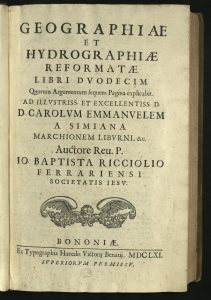
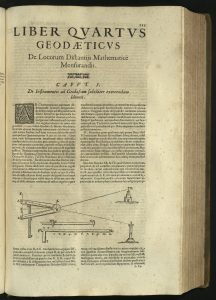
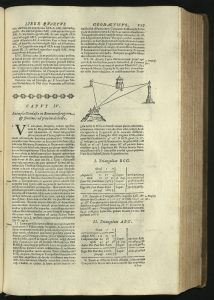
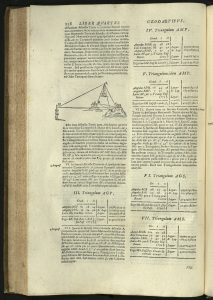
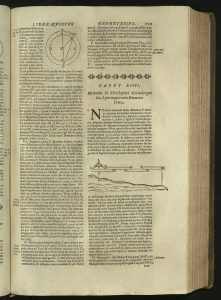
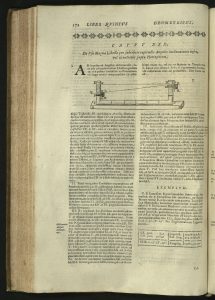
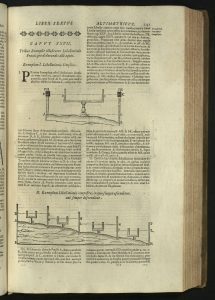
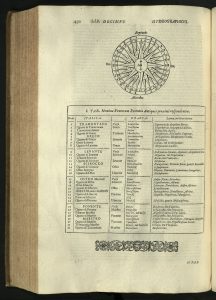
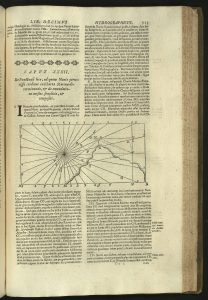
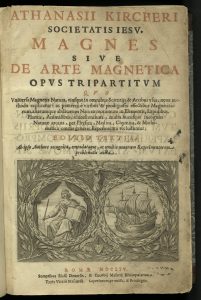
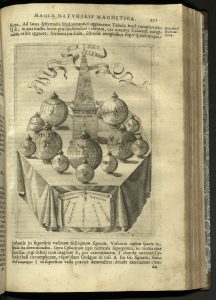
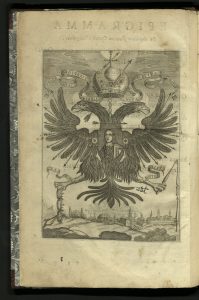
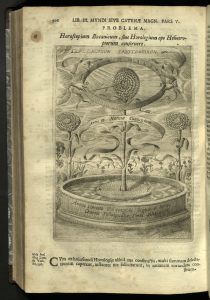
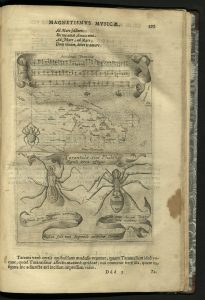
You must be logged in to post a comment.